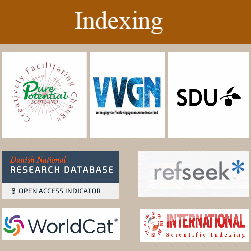Alzheimer's Disease: Recent Advancements in Therapeutics and Screening
Author(s):
Kellie Ervin and Vincent S. Gallicchio
Alzheimer’s disease is the leading cause of dementia and has a current global prevalence of over 55 million individuals. Despite its high prevalence, there is currently no cure for the neurodegenerative disease. AD is characterized by an accumulation of the misfolded amyloid-beta protein, forming Aβ plaques and an abundance of the hyperphosphorylated tau protein in the brain. The accumulation of these abnormal proteins in the brain leads to synaptic dysfunction, neuronal death, and brain tissue degradation. These studies lead to symptoms such as loss of memory, language, and intellectual thinking, eventually leading to the patient being bedridden, and eventually, death. Another detrimental effect of Alzheimer’s is the negative financial and emotional effect on caregivers. Because of these issues, there is a drive to better understand the pathology of AD and find a cure. Recent studies have aimed to find a connection between Alzheimer’s and other chronic illnesses, as well as find an encompassing treatment for AD. Studies have shown efficacy using various therapies involving stem cells, lithium, gut microbiota, and genetic targets. Recent advancements in screening techniques such as plasma-based biomarkers and neuroimmune infiltration could allow earlier detection of AD, and therefore a better chance at preventing or postponing clinical onset. All these studies and recent developments will be discussed in this paper.



